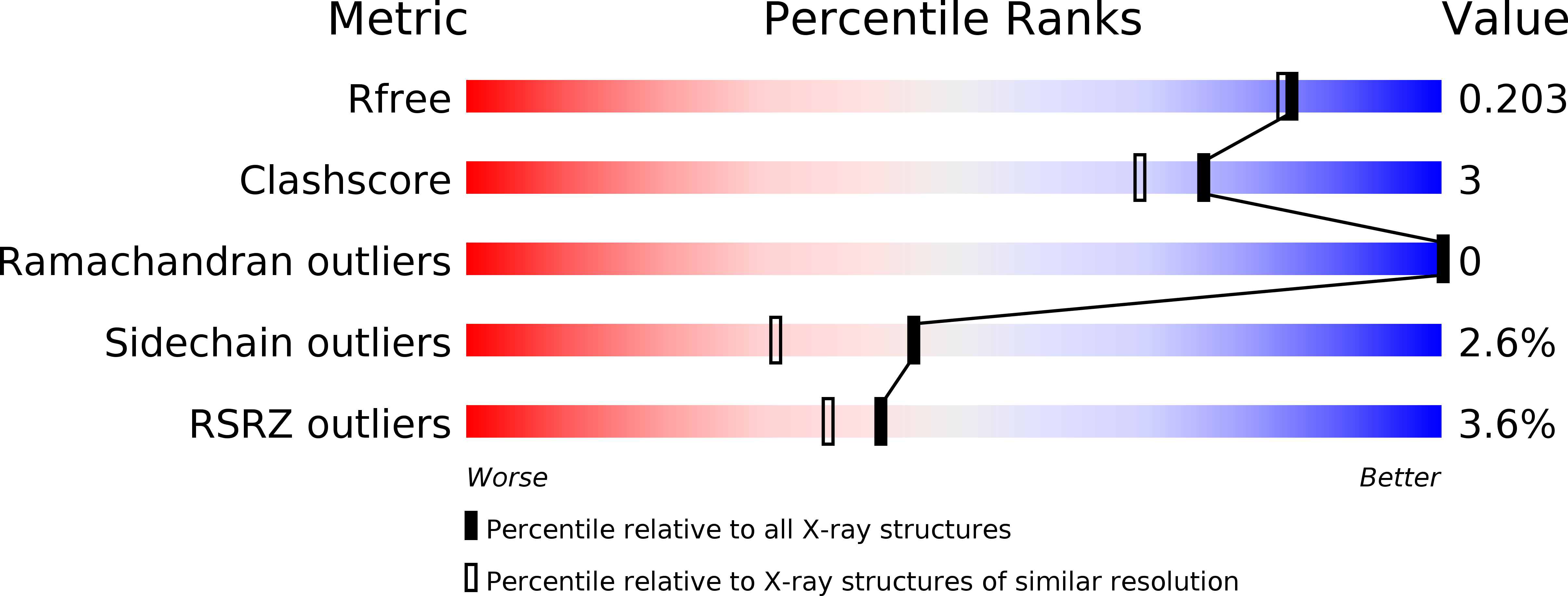
Deposition Date
2015-01-23
Release Date
2015-08-05
Last Version Date
2024-11-06
Entry Detail
PDB ID:
5AFO
Keywords:
Title:
Long Polar Fimbriae adhesin LpfD from the adherent invasive E. coli strain LF82
Biological Source:
Source Organism:
ESCHERICHIA COLI (Taxon ID: 591946)
Host Organism:
Method Details:
Experimental Method:
Resolution:
1.82 Å
R-Value Free:
0.19
R-Value Work:
0.16
R-Value Observed:
0.16
Space Group:
C 2 2 21


